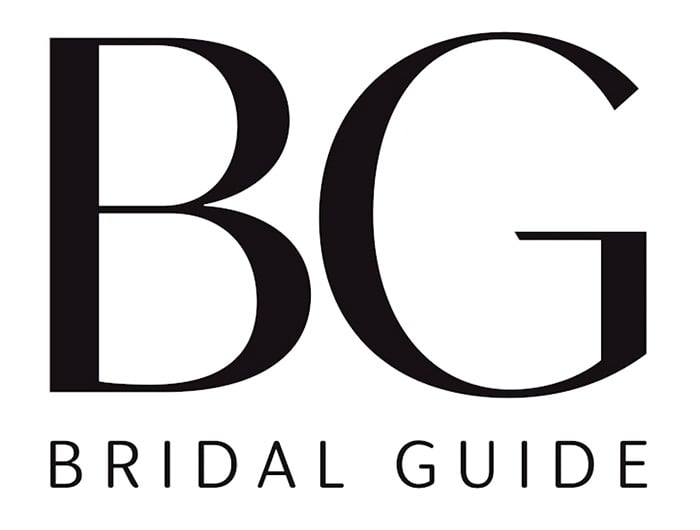Everything you need to know about registering for cookware, appliances, gadgets and gizmos for a thoroughly efficient and enviably stylish kitchen.
Knife Know-How
Having the right well-designed, sharp knife for the job at hand saves both time and effort—and makes chopping and slicing much safer!
The basic set usually comes with a wood or plastic storage block and consists of four or five different knives (larger sets are also available) and a sharpening steel. When selecting a set, pick up an individual knife: The handle and blade should not wiggle, and the knife should feel balanced and proportioned to your hand. Also note how the handle feels—you should be able to grip it easily and securely.
Look for high-carbon, stainless steel blades; these retain sharpness, resist rusting, and keep their satin finish longer than lesser-quality ones. Plain carbon-steel blades will stay sharp, but are prone to discolor and rust. Stainless steel, on the other hand, will not rust, but requires frequent resharpening—not a problem provided you have a good sharpening device.
Another key feature to examine is the thick part between the blade and the handle, called the bolster. This represents the distinctive identification of a forged knife. Basically, forging is the high-tech process in which an extremely strong knife with a very sharp edge is produced from one molten block of steel. The final step to this process involves grinding and tapering the edges with special machines and, of course, polishing to give the finished knife its shine.
Start off your cutlery collection with these basic knives and accessories:
Boning knife: The narrow, flexible curved blade on this implement is ideal for cutting around bones in meat, fish and poultry.
Bread knife: Used for cutting into foods with a tough or crusty surface and a soft center. It has a long serrated blade.
Carving fork: A two-pronged implement used for securely anchoring large pieces of meat or poultry while you slice and serve them. Roast beef, anyone?
Chef’s or cook’s knife: Usually 6 to 10 inches long, this is the knife for chopping a variety of foods. Having the right blade length is key; it should correspond to the height of the user (taller cooks may want a 10-inch blade). Another factor: The blade should be wide enough so that when its bottom edge is against the cutting board, the user’s knuckles don’t touch the counter.
Kitchen shears: Two pairs of scissors come in handy in the kitchen. Use one pair exclusively for snipping non-food items, such as string and plastic packaging. You’ll want the other pair (that you carefully wash and dry after every use) for food-related tasks, such as cutting apart pieces of chicken.
Paring knife: Used for peeling and cleaning vegetables and fruit, a paring knife usually has a short, 3- to 4-inch blade.
Sharpening steel: A couple of swipes along the surface of this long rod after each use will usually keep knives in top shape. Follow the manufacturer’s directions for sharpening your knives.
Slicing or carving knife: Most cooks opt for a 10-inch blade for easily carving meat and poultry into thin slices—or even for cutting into cakes and chunks of cheese.
Utility knife: Typically a 6-inch blade, this is one of the most versatile and frequently used knives in the kitchen.
Steak knives: Consider a set of at least six knives—these are a must-have accessory especially if you’re true carnivores—for individual place settings.


